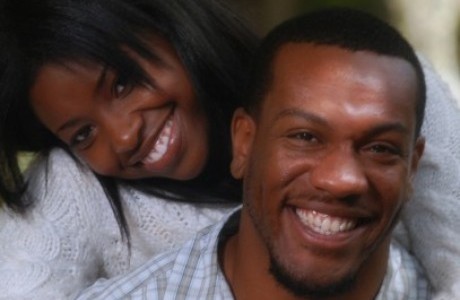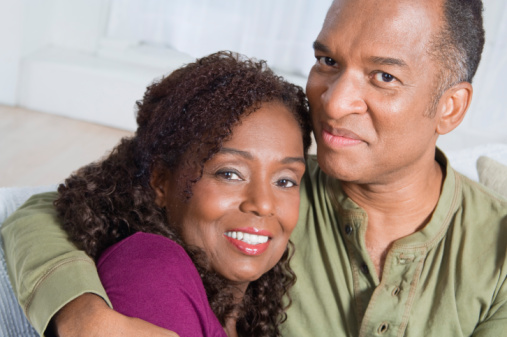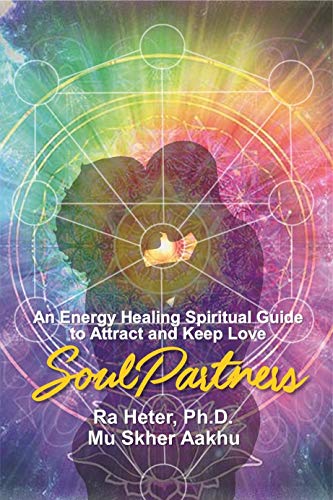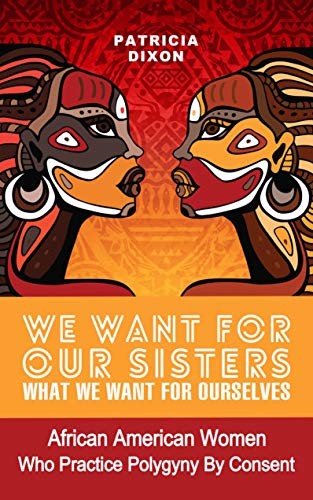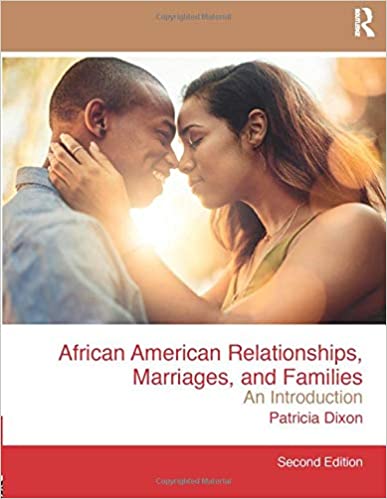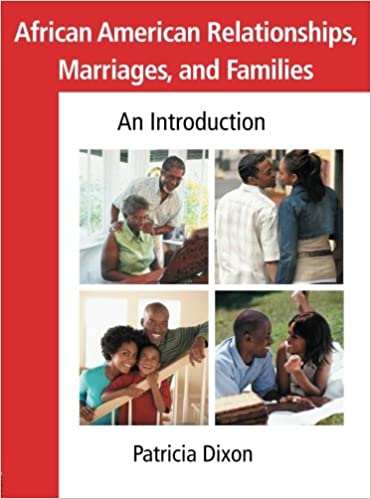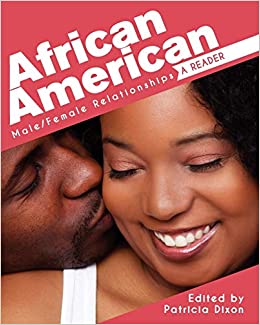Category Archives: Marriage & Divorce
Justin Bieber and Hailey Baldwin's Wedding: Date, Guest List – The Cut

Four months after legally (and secretly) tying the knot in a Manhattan courthouse, it sounds like Justin Bieber, 24, and Hailey Baldwin, 22, are finally having their big Christian wedding ceremony.
While Baldwin and Bieber “realized that they actually felt like husband and wife without having a religious ceremony,” a source told People after the couple’s September marriage (which did not involve a prenup), insiders told “Page Six” that the young lovebirds are still going through with the big celebration — and soon. Below, here’s everything we know about the upcoming wedding ceremony.
Where and when is the ceremony?
Per a “Save the Date” that the couple reportedly sent out to friends and family, the ceremony will be somewhere in Los Angeles on February 28, “Page Six” reports. However, a conflicting TMZ report claims the wedding will take place over the weekend of March 1 — which just so happens to be Bieber’s 25th birthday. Regardless of the date, it doesn’t sound like the couple will push back their ceremony any longer. A source told TMZ that Bieber aspires to be married before turning the ripe age of 25, so he and Baldwin can’t afford to drag their feet on their ceremony any longer.
As for the location, Baldwin told the Cut last September that she was drawn to more natural settings — preferably on the West Coast.
“I just picture lights strung everywhere,” she said. “I think having it in the woods would be so beautiful.”
What can we expect?
A big Christian wedding, where guests can simultaneously partake in the married couple’s favorite pastimes: praying and partying. There will apparently be dancers (who are already rehearsing!) and Bieber’s personal DJ, Tay James, will be behind the music. And while we know nothing about the dress, Baldwin told the Cut that she already had a designer picked out — time to start speculating!
Who’s on the guest list?
Per TMZ, one major celebrity couple has already received their Save the Date (which is apparently the third invite the couple has sent out): Kylie Jenner and Travis Scott. It remains unclear whether the rest of the Kardashian family has been invited, or which Baldwin family members will be going — certainly Alaia and Ireland Baldwin, both of whom will be in the wedding. And though plans may have changed, Baldwin told the Cut last September that the couple was thinking of having Bieber’s little sister Jazmyn be the flower girl, as long as the 10-year-old isn’t “too old” to have that role.
Fingers crossed that Alec Baldwin is also in attendance, to give his niece some of his signature marriage advice (and manage not to punch anyone).
I followed old-fashioned dating advice in real life – BBC Three

 Nichi Hodgson
Nichi Hodgson
It seemed skin-tinglingly awks to touch someone I hadn’t yet kissed, and still it was more sexy than going straight in for the lips…
I’ve always been a romantic. It probably has something to do with growing up watching BBC costume dramas. It might sound old-fashioned – but I’ve always been into the whole hearts, love letters and serious woo-ing side of things. Call me baby, buy me some red roses and a box of Milk Tray and I’m yours forever. (Just kidding, I’m actually more of a Ferrero Rocher kind of gal).
But recently I’ve started to question if romance even applies to today’s swipe-based dating scene. After a bad break-up several years ago, I embarked on a string of terrible dates – from the media guy who dumped me on Valentine’s Day (ouch), to the older man who invited me to tea when, really, he meant sex in his office. I was left down, disillusioned and determined to try something new.
Those friends of mine who were also out in the dating trenches had similar tales of woe. Nearly everyone we met either seemed commitment-phobic or wasn’t honest about their relationship/casual goals. But, like me, my friends also admitted to either having one eye on the next swipe, or sticking with someone because the other options might not be much better. What a modern dating mess, right?
As a sex and relationships writer, I’m used to researching dating tips, but I started to wonder whether romance had been this hard for our great-grandparents, and their grandparents before them. Ok, so obviously it would be naive to glorify any era that included repressive gender roles and patriarchy, especially when it comes to things like women’s rights (think not being allowed to vote, inherit your own property, or go to college or university). And that’s before you even consider the appalling reality for same-sex romance.
But I did wonder if finding out about how dating went down in the past might give me some much-needed inspo. At first, I read books about society and courtship, starting with Jane Austen’s era, the Regency Period. For me, Austen novels epitomise the idea of true courtship – that careful pursuit of someone who would become your beloved – and I was curious to see if her stories of how men and women coupled-up would work in real life today.
I moved on to the Victorians and their funny ways with “tussie mussies” (scented flowers people gave to their admirers, which also covered up the stench of 19th Century England). I kept my reading to the UK, except for when I discovered how other countries influenced our courtship – such as with the 1950s Americans’ concept of “going steady” or “being exclusive”.
Over the next six months, in between library sessions, I continued my search for love, secretly applying old-school tips on approximately 60 dates. These are the five nuggets of advice I carried out… with a 2019 spin:
Be really upfront
Today, it seems nothing says “red flag” like asking someone if they want marriage and kids on the first date. But history doesn’t agree. In fact, it’s packed with examples of how being direct about what you’re looking for on date one increases your chances of getting what you want long-term.
Take the Georgians, for example. They were head-over-heels for lonely hearts-style ads published in The Times, which included short, straight-to-the-point descriptions of what they were looking for in a partner. In one dusty letter I read: “Lady, 24, of a forthright nature and considerable beauty, requires gentleman of a gallant disposition with 5,000 a year.”
In a more recent 20th Century example, it turns out that the first “speed-daters” weren’t commitment-shy singletons looking for a good time – but actually the congregation of a Beverly Hills rabbi who had been implored to help them find spouses.
It made me realise that my see-where-it-goes thinking might not be doing me any favours. Instead, I decided to be more clear about what I wanted from dating (and not just rely on app filters to do that job). It’s why I started casually sounding out my dates from the off. Asking about their career goals was a natural conversation stepping stone to asking about their personal ones – and it worked. Some guys were just looking for fun, or as one put it “a good time, not a long time”. A few shared that they one day wanted marriage and/or kids – something I hoped for in the future, too.
Sure, I made it obvious I wasn’t asking if they saw this with me, specifically, but something in the way they said it — with assertion, hesitation, or way too much eagerness — gave me more of an inkling as to whether we might be on the same page. I came to the conclusion that the guy who was comfortable with discussing his future with me was the type of guy I should be dating – even if it didn’t feel like a true love match at this point. It was only date one, after all.
Think outside the “drinks?” box
During my research, I came across Live Alone And Like It, a 1936 guide to single life for women written by a journalist named Marjorie Hillis. It gave tips on everything from using the “wireless” (radio) and phoning a friend when you’re tempted to “over-contact” someone you’d just started dating, to treating yourself to “breakfast in bed” (think self-care 1930s-style). But, for me, Marjorie’s most helpful piece of advice read: “The best rule is to make your invitations worth accepting – and not to care what the man thinks so long as he comes.” Sounds like a double win to me.
Because of my job, people in the past have pigeon-holed me as ‘sex-crazed’ which has made me careful not to suggest date ideas which might contain sexual references – even if it was just a film with lots of sexy scenes. It’s why I always suggested drinks with anyone I planned a date with because it seemed a safer option, even if it was expensive – and often boring.
But, after reading Marjorie’s words, I felt inspired to suggest things I found pleasurable: boxing sessions, cheesy films, long walks. It might sound simple but I thought if anyone enjoyed themselves as much I did, it must be a sign of compatibility – a better test than relying on a dating app, perhaps. And if they didn’t share my passion, then I could work out whether I was willing to compromise. So the guy who complained about sweating too much in boxing and the one who got his phone out a lot in the cinema didn’t make the cut. But the one who made me laugh so much we ended up getting lost on a long canal walk remained in my WhatsApp list.
Don’t over-invest too soon
At the beginning of the First World War, young women and soldiers at the Front exchanged flirtatious letters and got it on with multiple partners during breaks from fighting. It seemed traditional monogamous rules went out the window when no one knew who would return from the fighting.
And it wasn’t a secret either, as a 1915 letter I found in the British Library from a soldier called Geoffrey to 17-year-old Edith spelled out. “Darling, you now have a real life lonely soldier somewhere in France. Only he’s not very lonely. Also it’s beastly conceited to imagine you hadn’t got several others.”
I never thought I would have the emotional capacity for dating multiple people at the same time. But as psychologist Emma Kenny tells me: “Refining the qualities we like about a partner comes from spending time with a variety of potential suitors – including sexually. Remaining initially open to multiple possibilities at the start means you draw from experience when choosing a long-term partner – and are more likely to make a better choice for yourself.”
I decided to go for it, and think of it as ‘trialling’ – not cheating. Having four potential ‘suitors’ on the go during the early stage prevented me from getting over-invested in anyone who didn’t feel the same too quickly. Comparing the behaviour of different dates at once was also useful for spotting who was game-playing (the narcissistic actor), who was just not that into me (the aloof guy), and who made me feel good about myself (the guy who made an effort to actually plan dates).
Dance, dance, dance
Despite Strictly’s unwavering popularity (we love you Stacey!), we might as well be living in the least dance-savvy age. Club culture is vibrant but it’s not often you see a couple waltzing across a sweaty dancefloor.
But we’re missing a trick. From reading about the Georgian balls (where hands could only be touched through gloves after a formal introduction) right through to the jazz dance clubs of the Roaring ’20s, it appears dancing has not only got us through the tough times, it’s also been a significant aphrodisiac. I reckon one of the reasons millennials like me and my mates are in the midst of a so-called ‘sex recession‘ and having fewer relationships, is because we’re dancing together less.
Growing up, comments about my short legs crushed my confidence, and in the years that followed, I’d only ever get on a dance floor if I was inebriated. Until one guy (yep, the one who planned our dates) called Ferdie (aka Ferdose) asked me to an outdoor salsa class on our third date. I was so nervous but within an hour we were twisting and grinding our bodies together. It seemed skin-tinglingly awks to touch someone I hadn’t yet kissed, and yet equally it was way more sexy than going straight in for the lips.
As psychosexual therapist Kate Moyle told me: “Dancing with a partner is great because it involves using your body to communicate and connect. Add eye contact into the mix– something that gets lost in modern life with us all staring at our screens – and you can understand why it’s such a turn-on.”
Turns out, Ferdie could move. I realised I was curious to find out more about him and, so, a fourth date was arranged.
Call the chaperone
When I pictured “genteel (19th Century-speak for polite and gracious) ladies and their chaperones”, I’d think of rebellious young women finding ways to steal a kiss behind a killjoy aunt’s back. But after reading etiquette manuals like Mrs Humphreys’ Manners for Men (1897), I learnt that in the 18th and 19th Centuries, chaperones weren’t just there to police female behaviour (sigh), they’d also give an assessment of the person chatting their ‘ward’ up – analysing their intentions and compatibility.
More than today’s equivalent of a wingman/woman – chaperonage is about added care for your emotional well-being, not just helping you to pull in the first place.
So when I later invited Ferdie to a summer music festival – I made sure my ‘chaperone’ – a uni friend, Tom, who’d seen me through several heartbreaks – could assess him there too. By this point, I’d tried the other old-school tips out on him and found out that Ferdie also wanted a relationship, and didn’t judge me when we went to a naked restaurant (yes, really) for our fifth date.
During the next three days, through the sequins, cider and sodden English weather, we all hung out. Tom knew that guys were often attracted to the stereotype of me as an “up-for-anything” sex writer, and didn’t get that I was actually a down-to-earth Northern girl looking for a no-nonsense man. So he spent the next few days trying to get Ferdie to open up about his real intentions, who he’d dated in the past, whether he was ready for a solid relationship with someone – questions I just couldn’t ask yet, but wanted to know.
As my chaperone, Tom saw me not care about wearing make-up or dodgy raincoats in front of Ferdie, and watched me laugh with him over terrible falafel at 3am, or first thing on a hungover morning. Slightly awkwardly, we were all camping together in the same tent, which made for some hasty exits from Tom in the morning! Even though it was clear I had feelings for Ferdie, it was Tom’s final nod – guided by his friendly questioning and his pledge to never let me choose another bad egg – which gave me the confidence to say yes to letting myself fall for Ferdie.
The verdict
Let’s get one thing clear: I have no desire to return to a time when women were basically the property of the man they married. I’m an independent woman with a career I love, but I did get some interesting – and helpful – tips from the historical sources I read on my dating journey. Mainly when it comes to maintaining high standards – both in how you treat others, and what you accept for yourself. While we no longer have to follow sexist etiquette manuals, it might just be that prioritising manners (say, a thank you message after a date) and respect is crucial when it comes to calling out negative dating behaviour like ghosting and orbiting.
It also reminded me that it’s ok to want more for yourself when it comes to love. By being open about commitment, showing my true self on dates, and taking my time, I strengthened my self-esteem, which had been worn away after a series of disappointments and knockbacks.
So did the project lead me to love? Yes, it did. Ferdie and I got engaged earlier this month. Whether it was my new approach or just good old-fashioned fate that brought us together, I can’t be entirely sure. What I do know is that dating the old-fashioned way taught me a lot. I learnt to stay true to my romantic ideals, stopped feeling apologetic about wanting to find someone special, and started caring about my own feelings – a lesson to be truly valued, whatever your relationship status.
Words of Advice for a New Military Wife – Military.com
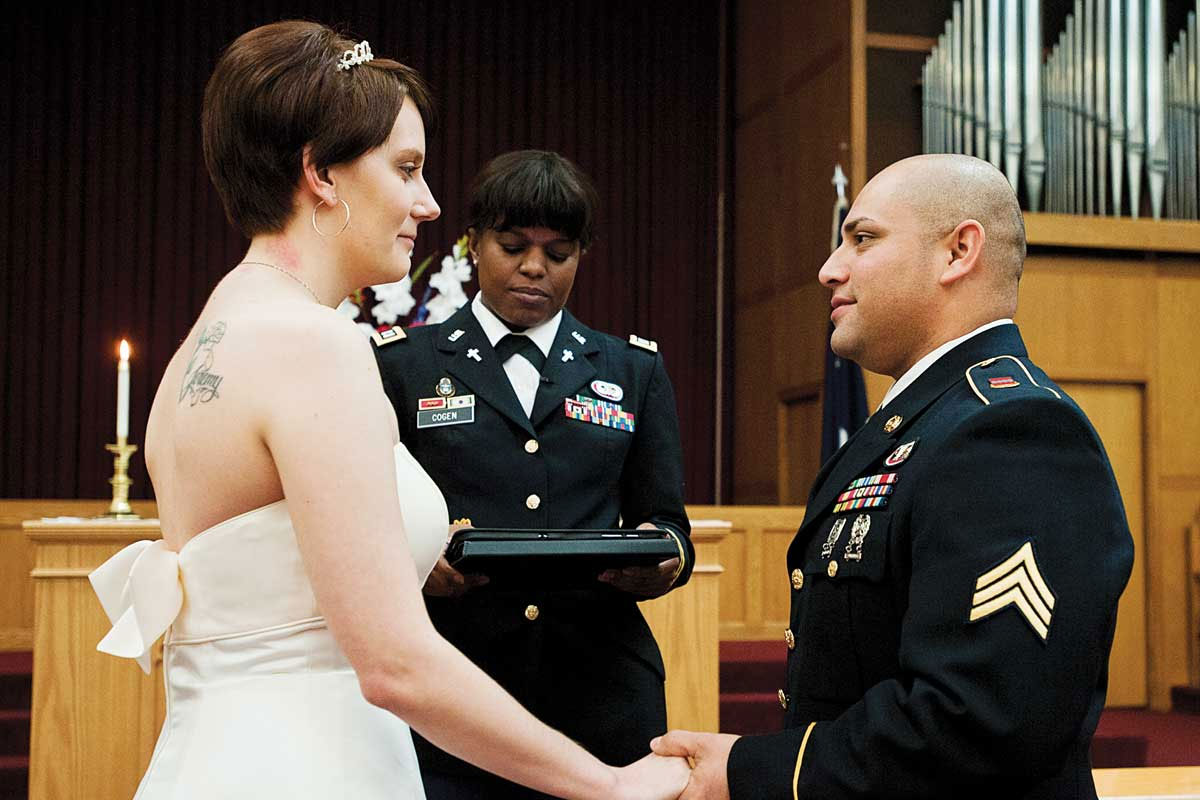
When my husband and I got married, no one gave me new military wife advice. And I had no idea what to expect (or what was expected of me) as a military wife. I mean, there’s no military spouse handbook you can go off of when you marry a military member, you know? Throughout my marriage, I’ve learned so much about what comes with the territory of being a milspouse.
I know that there are so many things that I still have to learn about being a milspouse, but that will come with time. In the meantime, let’s talk about some things I wish someone would’ve given me advice on when I was a new military spouse.
New Military Wife Advice
Make those connections. I never knew the importance of making connections with other milspouses, because no one ever told me. So, I’m here to tell you that this is probably the most important thing you will need to know as a milspouse.
The fact is, whether you like it or not, you will need the help of another milspouse in the future. Whether if it’s for source of information, someone to laugh with or a shoulder to cry on, your connection and friendship with other milspouses will help you throughout your whole milspouse journey.
Make sure to put an effort into building those connections with others, it will help you out in the long run.
Solo parenting can happen. I knew that parenting by myself was a possibility at some point in my milspouse journey, but I didn’t know the amount of energy it really took out of a mom. Don’t get me wrong, it can be done but it is a lot to get used to.
Just make sure to prepare yourself mentally and emotionally for the possibility of solo parenting.
Career on the backburner. Before I married my husband, I was working in the medical field for eight years and was going to school to further my education. I had a whole game plan of what my career would look like in the next couple of years. Until that game plan changed because the military moved us.
You’ll find that you may have to put your career on hold because you love someone who loves their country, but that should not stop you from creating and conquering your goals.
Deployment is hard, very hard. It’s inevitable: there’s a chance that your spouse has to leave because of a deployment. I wish someone would’ve told me some things I could do to emotionally and mentally prepare myself for it. There are some things that have helped me survive a deployment:
– Limit expectations on communication and being emotionally available from their end when they’re deployed.
– Don’t be afraid to delegate and ask for help (or even hire help) when it comes to household chores.
– It’s ok to simplify meals. Take it easy when it comes to meals, especially if you’re holding the fort down by yourself.
– Support groups are always helpful, and so necessary. The best part if that support can be found with spouse groups on base or on Facebook.
Reveille, Retreat and Taps. If you have no idea what I’m talking about, don’t worry, I didn’t either. When you are on base, these are the songs that are played over the giant voice system. When each song is played, there is proper etiquette to follow:
– Stop what you’re doing and face the flag, or in the direction of the music.
– If you’re in a vehicle, stop in place or pull over and put your hazard lights on.
– When national anthem if played, place right hand over heart.
Sometimes your spouse won’t be emotionally available. This was one that took me a while to adapt to. Depending on what responsibilities your spouse has for their job, they may be under a lot of pressure at work. From demanding hours, to the amount of workload, they can easily become emotionally drained — and sometimes it comes home with them.
Don’t take it personally when they’re not in the mood to talk or just want to zone out, it has nothing to do with you. I found that when you give them some space and empathize with them they are quick to recover from their day and jump back to being themselves again.
You will become versatile. The most positive trait that you’ll inherit while being a military spouse is the ability to be versatile. You’ll be placed in all sorts of different challenges and obstacles in your milspouse journey, and you will find a way to adapt (I promise). The military life is a whole other life of its own, so just get ready to grow and become the best version of yourself from the experience.
Catherine Edoria-Dela Cruz is a military spouse, stay-at-home mom and content creator for her blog Love always, Catherine. She loves sharing tips, advice and stories with friends, family and readers. She believes that life is about having meaningful relationships, creating and sharing stories, living simply and keeping close the things that only bring you joy.
Keep Up With the Ins and Outs of Military Life
For the latest military news, videos, tips on military family benefits and more, sign up for a free Military.com membership and have information delivered directly to your inbox.
© Copyright 2019 Military.com. All rights reserved. This material may not be published, broadcast, rewritten or redistributed.
Framebridge CEO Susan Tynan shares her tips, tricks for success – Fast Company

Susan Tynan launched Framebridge, her direct-to-consumer e-commerce business, to provide customers with an option outside of the staid, expensive $4 billion framing industry. Her simple concept–pick a frame on the brand’s website, send in art, have it delivered back to you in three days–has been a runaway hit. That success has kept the CEO and mother of two busy, finding new ways to grow her company–like partnership with Target.
Here the executive reveals her tips and tools for getting the most out of every day.
[Photo: courtesy of Nespresso]What’s a product that you are currently in love with?
Peloton is so much fun and a great workout. It’s truly a game-changer for busy people. And they keep getting better and better with their UI enhancements. You can preview the playlists before selecting a ride which makes it even more fun. Also, my Nespresso Machine. I truly wake up happy because I know I am a minute away from a delicious cup of coffee.
What’s your Off Switch?
Exercise. I have my Peloton in my bedroom and I love it so much. It combines music and exercise; two of my favorites for switching gears. I’ve worked out a lot of issues on the bike!
What are five books on your nightstand?
Shoe Dog by Phil Knight: It is one of the most realistic chronicles of start-up life from the closeness of the early team to feeling like you’re always on the brink.
Measure What Matters by John Doerr and Larry Page: I bought dozens of copies of this book for team members at Framebridge, as it’s a really clear overview of OKRs (Objectives and Key Results) and why they should be embraced.
Competing Against Luck by Clayton Christensen: I really like Clayton Christensen’s Jobs Theory. Marketing is about deeply understanding what your customers are really trying to accomplish and helping them get there.
Power by Naomi Alderman: An interview candidate recommended it to me and I’m so caught up in the premise. What if young women had more physical strength than young men? How would everything change? I was an English major too so I have to keep up with some literature.
Pour Your Heart Into It by Howard Schultz. So many analogies here to what we’re trying to do at Framebridge. I love the heated debate they had over whether or not to introduce skim milk. The nuance of the customer experience is what separates great brands and it requires the team agonize over each detail.
What’s your On Switch?
I listen to music. I always have a Pump Up mix ready. When I see pro sports players with their headphones on, I get it. You have to get in the zone.
What do you do with the time when you have…
A free five minutes? Flip through Instagram or Twitter
A free hour? Exercise
A whole free day? What? I run a start-up and I have two small children. I truly don’t even know how to process a day without extreme responsibility. I guess I would exercise, spend time outside or at a museum with my family, and go out for dinner somewhere new.
What’s your necessary vice?
TV! I am not ashamed to love it. Currently, I’m thoroughly enjoying: Hard Knocks (training Camp with the Cleveland Browns), Handmaid’s Tale, Southern Charm Savannah. I think a glass of wine falls into this category, too.
What do you do when you should be working?
- Clean out my closet! I accomplish something, just not the task at hand.
- Go really deep in the news. Too much of it, but I worked in government so I can’t completely tune out. I feel it’s my duty as an informed citizen to bear witness to whatever is happening.
- Catch up on TV. I love pop culture and like to watch whatever everyone’s watching. It’s fun to have that connection to other people through shared entertainment.
Where do you go to recharge and refresh?
The beach. I love Australia. My husband is from Sydney. It’s impossible not to relax when you are on the other side of the world. You’re forced into asynchronous communication back home–and the beaches are so stunning.
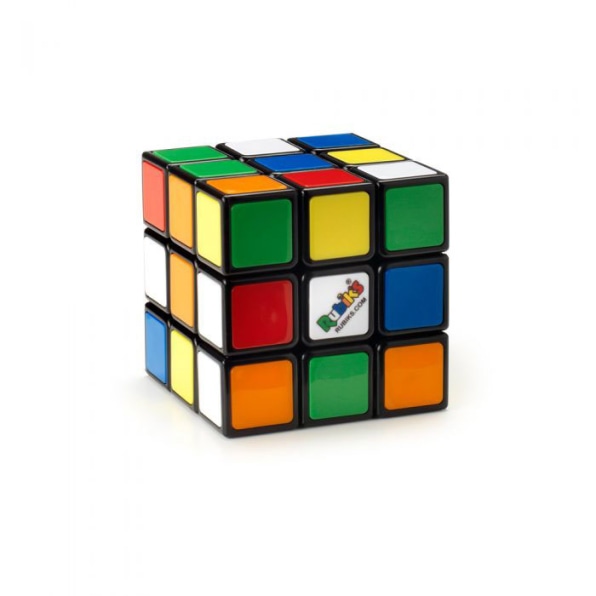 [Photo: courtesy of Rubik’s]What classic product do you believe nobody’s ever improved on it?
[Photo: courtesy of Rubik’s]What classic product do you believe nobody’s ever improved on it?
Barbour Jacket. I’ve updated for a narrower fit, but never veer from the classic green. I can’t think of a more enduring item.
Le Creuset pot. I got one for my wedding 12 years ago. This is one classy pot. Add one to your registry!
Rubik’s Cube. My kids are in love with the classic one. No one ever invented as fun of a hand held game for adults and kids alike.
What’s a high-price-tag product that you recently splurged on?
Last year I bought myself an All Saints motorcycle jacket that I deeply love and, of course, the Peloton…
What travel tips do you swear by?
- The SWEAT app by Kayla Itsines. Is it dramatic to say this app changed my life? Kayla is a young, Australian trainer and her 28-minute strength workouts can easily be done on the road. I’ve done her workouts religiously for over a year now.
- Take Amtrak. I travel from D.C. to NYC a lot and the train is amazing. I have three hours to crush through emails and you travel from the heart of the city to the heart of the city.
- City Lists: I have lists of people I should look up when I’m in certain cities. Squeezing in a few extra meetings makes you feel a lot better about your time on the road. Often, the tacked on meetings are as valuable as the one you actually traveled for.
- Glamsquad. If you have a big day, starting with a blowout in your hotel room is efficient. Your hair looks great and you get through some emails during it. Plus, hotel hairdryers are always terrible.
- Business outbound / Fun inbound. My reading material is all business prep on outbound travel. On inbound travel, I allow myself a Netflix show or a magazine. I run a consumer business and get inspiration everywhere, so a little non-work entertainment sometimes leads to the best ideas.
What’s your favorite thing to eat when…
You’re in the middle of work and need a quick burst of energy? Cappuccino, now with oat milk because I don’t miss a trend.
When you need a quick takeout lunch? Sweetgreen or Cava
When you have plenty of time to go out and eat? Anywhere new and a glass of champagne
